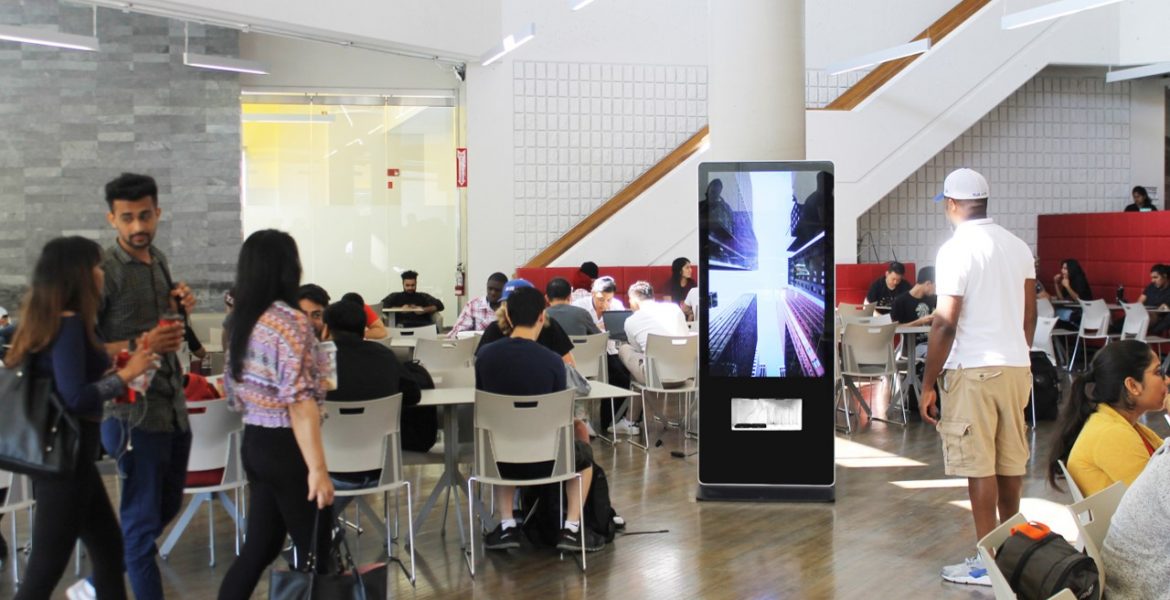Digital marketing and media are the buzzwords of recent times. A medium that was non-existent only 25 years ago is estimated to surpass TV as the premier driver of total global ad spend by 2021, according to Zenith. This should not surprise anyone. It is hard to ignore the potential benefits of digital media: the ability to connect with targeted audiences, at scale and to report quantifiable metrics back to the advertiser, often in real-time.
However, as P&G’s Marc Pritchard stated earlier this year, “Digital media continues to grow exponentially, and with it, a dark side persists, and in some cases, has gotten worse”. Amidst the growth in ad spend is a growing concern with fraudulent publishers, non-human impression counts through bots, lack of transparency – all resulting in massive amounts of wasted digital ad dollars each year. To top it off, consumers do not always like the online and mobile ad experience which has resulted in a noticeable uptick in ad blocking and/or skipping.
This begs the question: can one get the benefits of digital media without the trappings? Enter real-life digital marketing – or place-based-media. According to out-of-home industry body OAAA, place-based media encompass a wide variety of formats that are specially located where particular groups congregate for a variety of purposes. People congregate in airports, in elevators, in shopping malls, in colleges, etc. These get-togethers of people are real, cannot be faked, and tend to be quite quantifiable. We know exactly how many ticketed passengers pass through New York’s JFK airport, or how many students are enrolled at USC.
The benefits of real-life place-based media are numerous:
Highly meaningful engagements with contextual relevancy. Spirit brands in bars, recruitment ads on college campuses, luxury goods at airports etc. Consumers are more receptive to brand messaging when it is delivered in contextually relevant circumstances.
The real-life setting itself is highly valuable. People visit these environments with a purpose and are often on a path-to-purchase. Rouge Media has placements in venues like colleges, salons and barbershops that are intrinsic to a consumer’s daily life, and relatable.
Place-based means safe, controlled media environments. Place-based media owners control the content and set the tone for the advertising experience. The environments are controlled and familiar, with little to no fraud.
High viewability. The media is not invasive and cannot be blocked, which means viewability is high when compared to online platforms.
Relative long dwell times enable deeper content exchange. Some venues, like women’s salons or aircraft cabins, have audiences ‘captive’ for hours, not minutes. This provides an opening for more in-depth interactions between brands and consumers, and it allows for creativity with the content itself.
Automation and digital screens. Addressable digital media in these very real spaces can bring the best of both worlds for marketers. The number of digital out-of-home screens has doubled between 2014 and 2018. This includes place-based media with dynamic video capabilities, drawing the attention of both marketers and consumers. Dedicated software companies have brought programmatic automation allowing media companies to dynamically distribute content across these real-life digital screen networks. Marketers can conveniently buy media on a targeted scale and remotely change content based on dayparts and/or external factors (e.g. weather).
Targeting. Rouge Media’s solutions have an added benefit of audience targeting. The ability to hyper-target the exact demographic allows brands to create messaging that resonates and build a stronger connection with their consumer.
The benefits don’t end here. The addition of mobile data and location intelligence has allowed marketers to index physical venues and properties against audiences, just like online media. Digital place-based media works very well when used in tandem with mobile as part of an omni-channel strategy. Real world media is the largest driver of online search, for example, and layering mobile data, audience insights on top of place-based media assets, helps further drive ROI. Mobile makes place-based media measurable, accountable and more interesting to a larger group of brands.
What’s next for digital place-based-media? Experts believe programmatic will make place-based media more accountable and accessible, more flexible and creative, thus accelerating the projected growth of channel. Industry consolidation and scaling will add more credible opportunities for brands to help with fragmentation challenges.
The emphasis on real life experiences will converge with future technologies bringing new and creative ways for media operators to let people become part of the actual content generation. This will further blur the lines between digital and real-world media.

